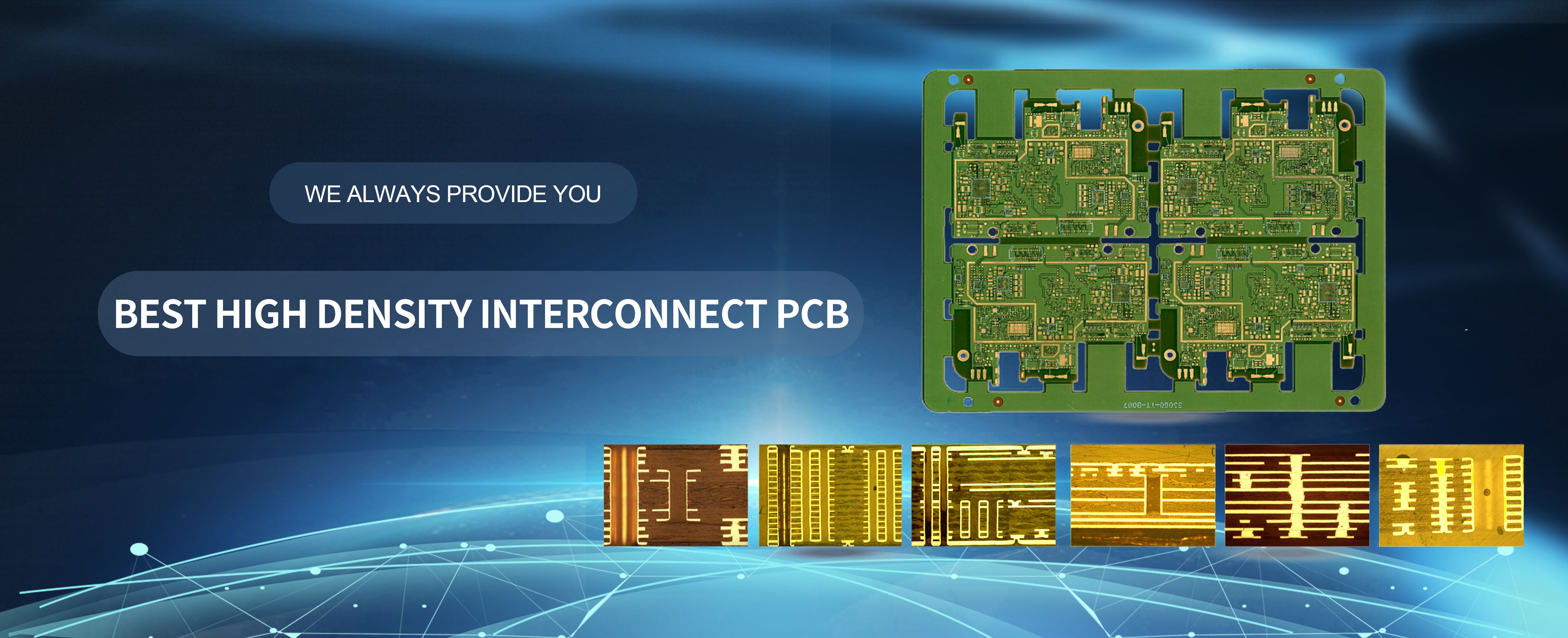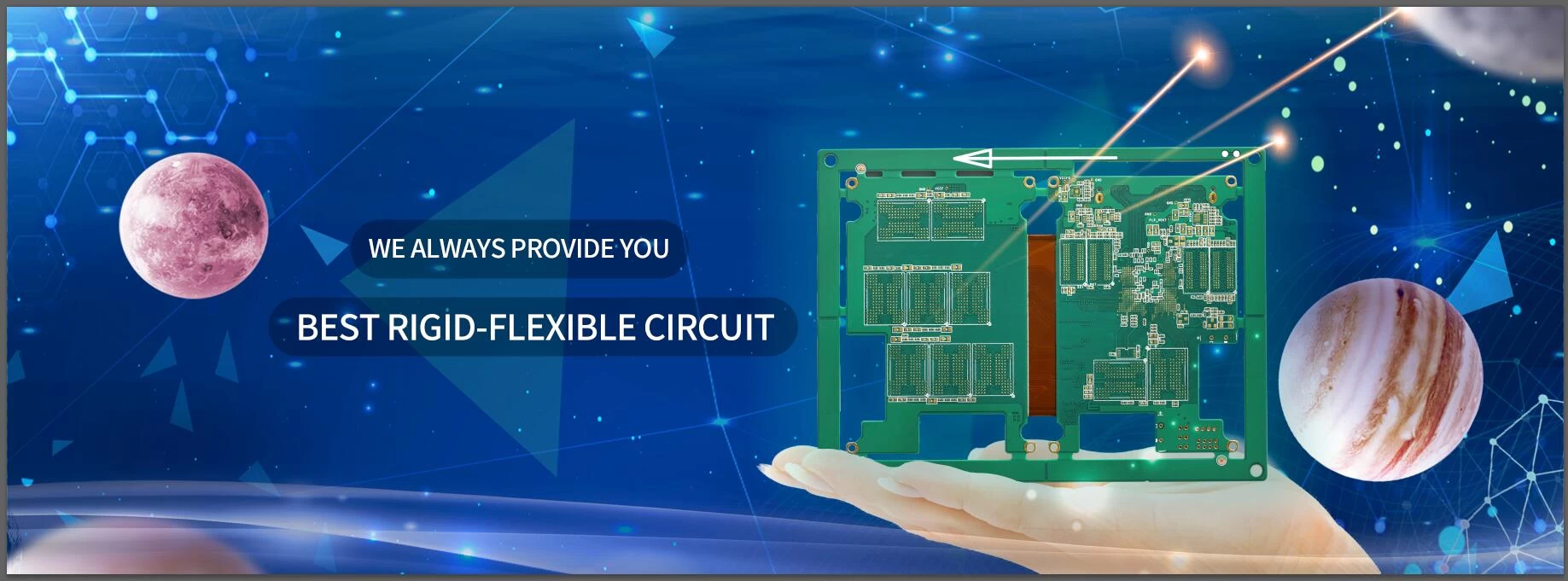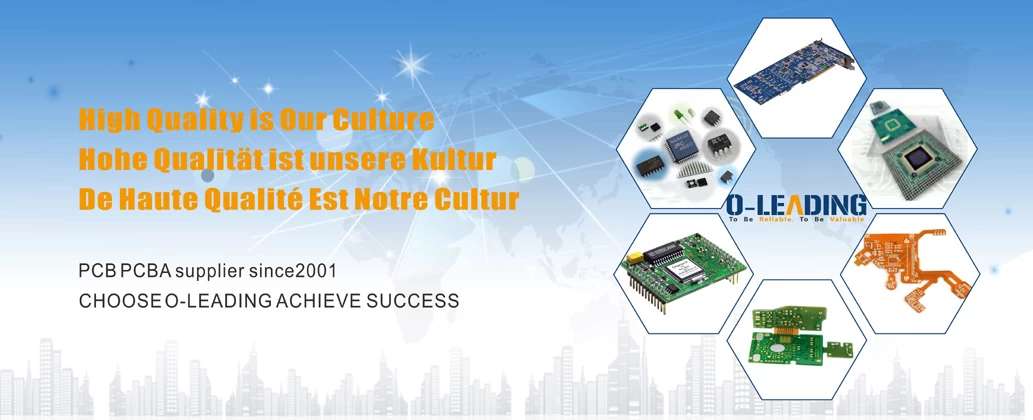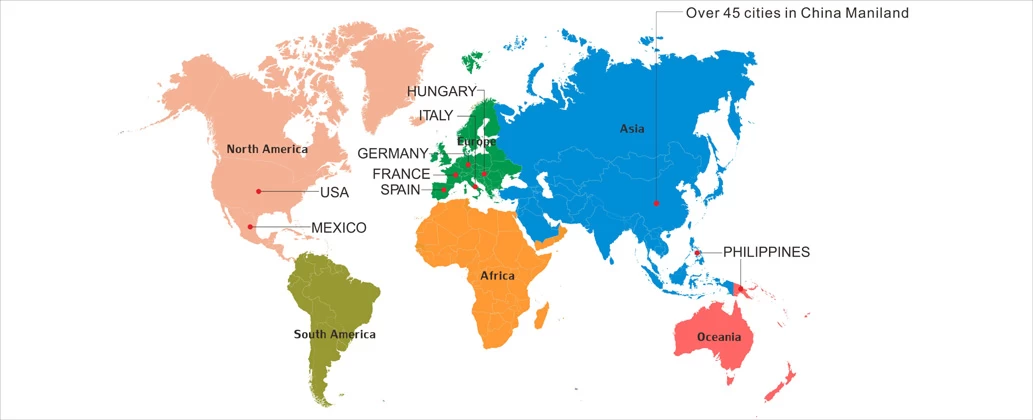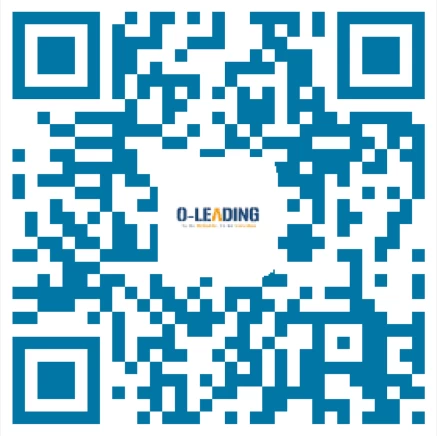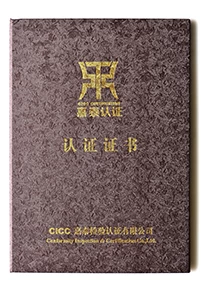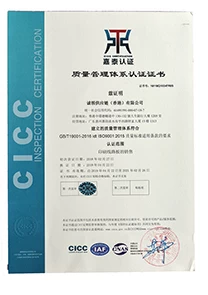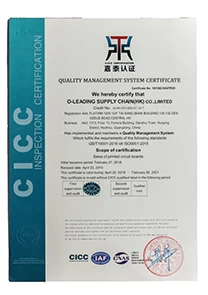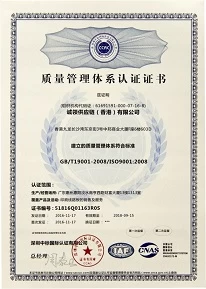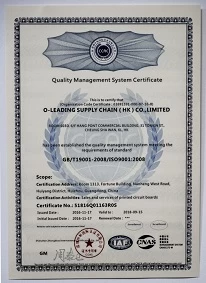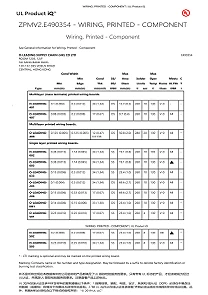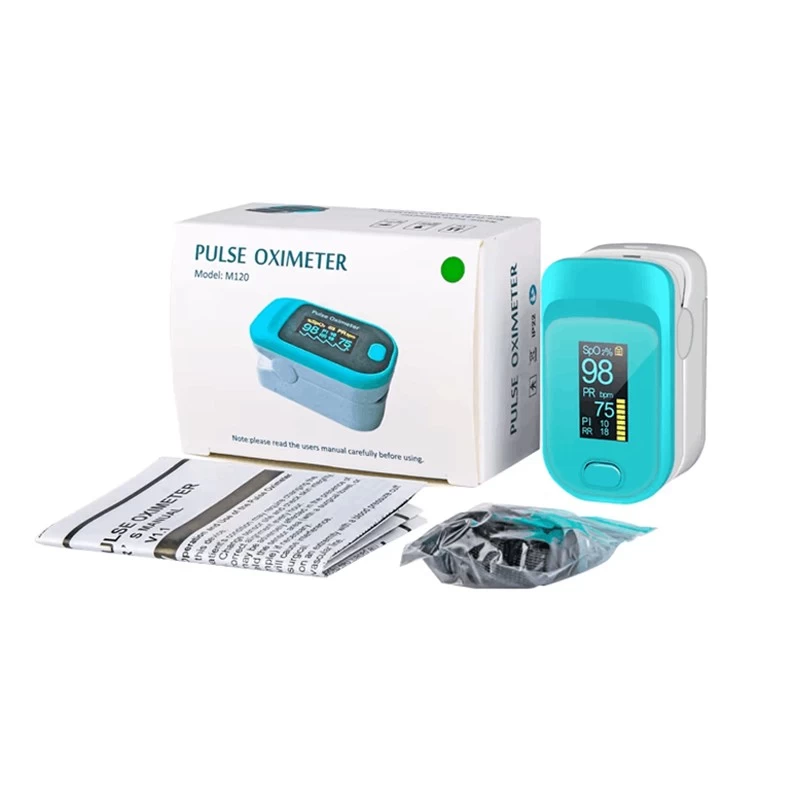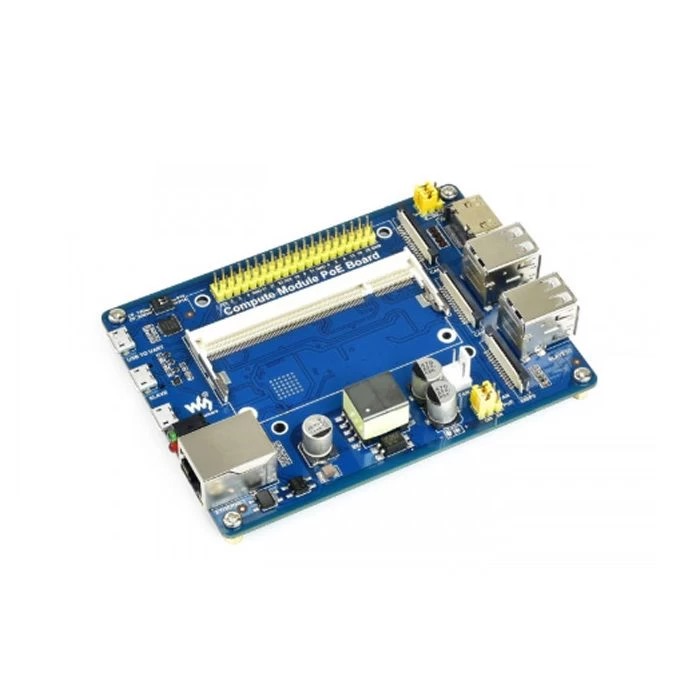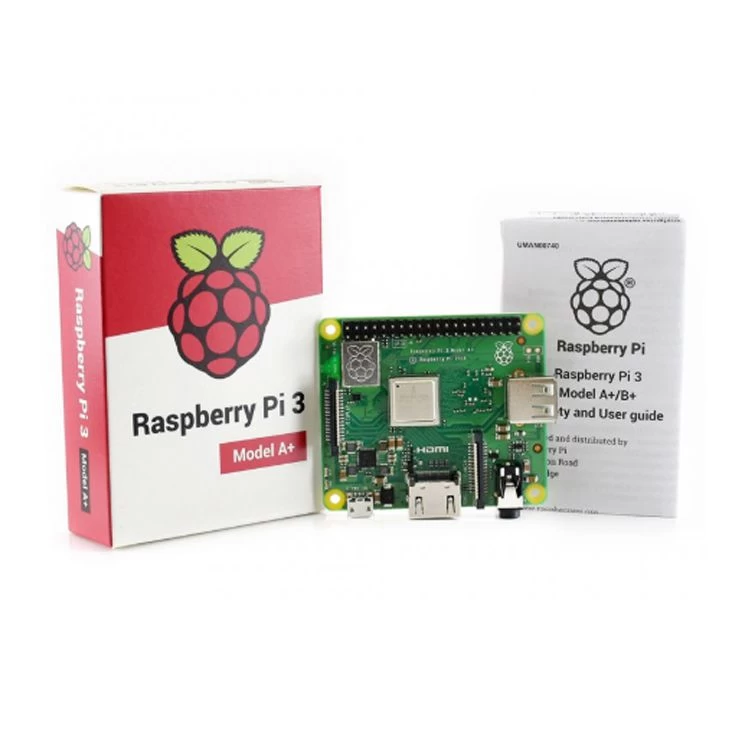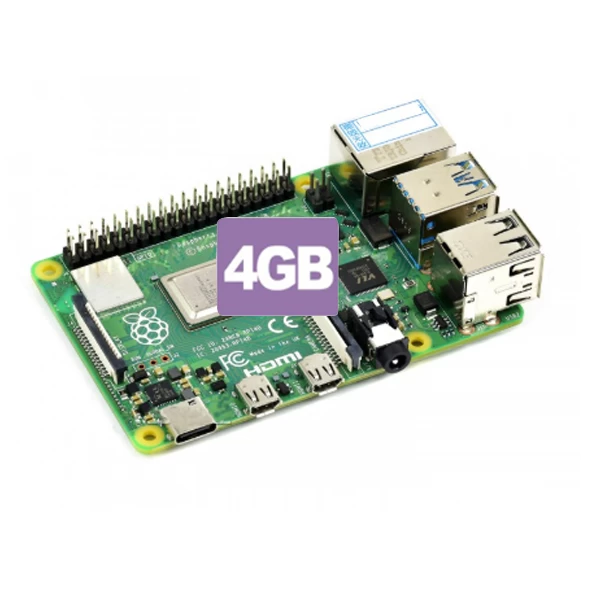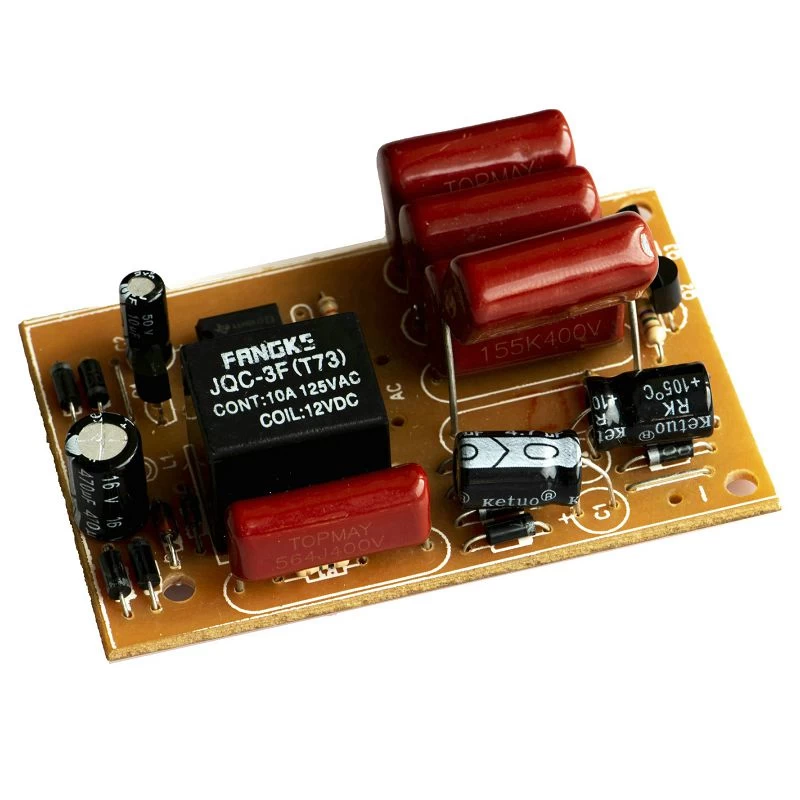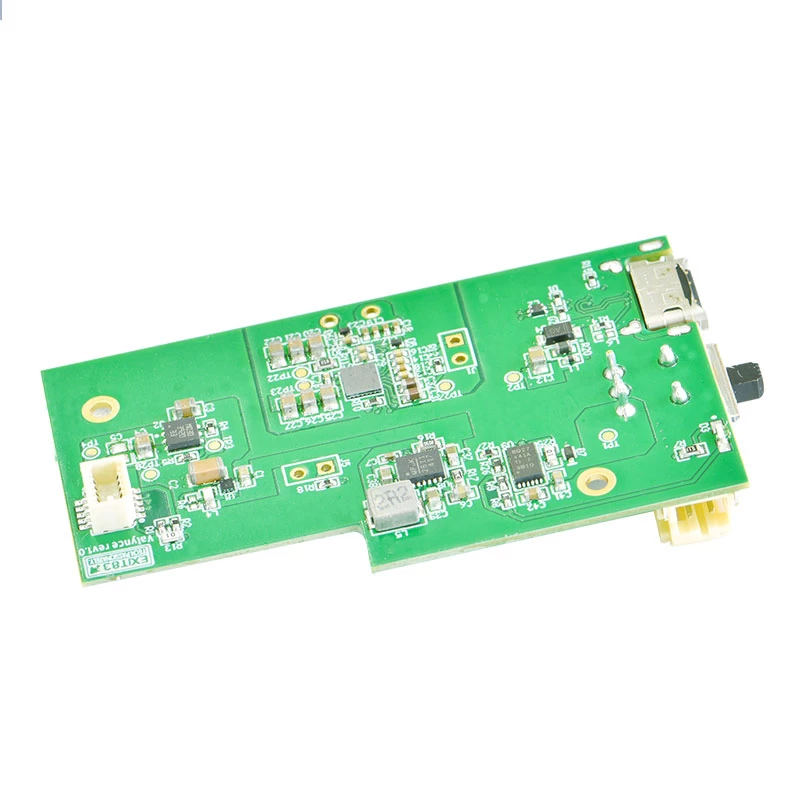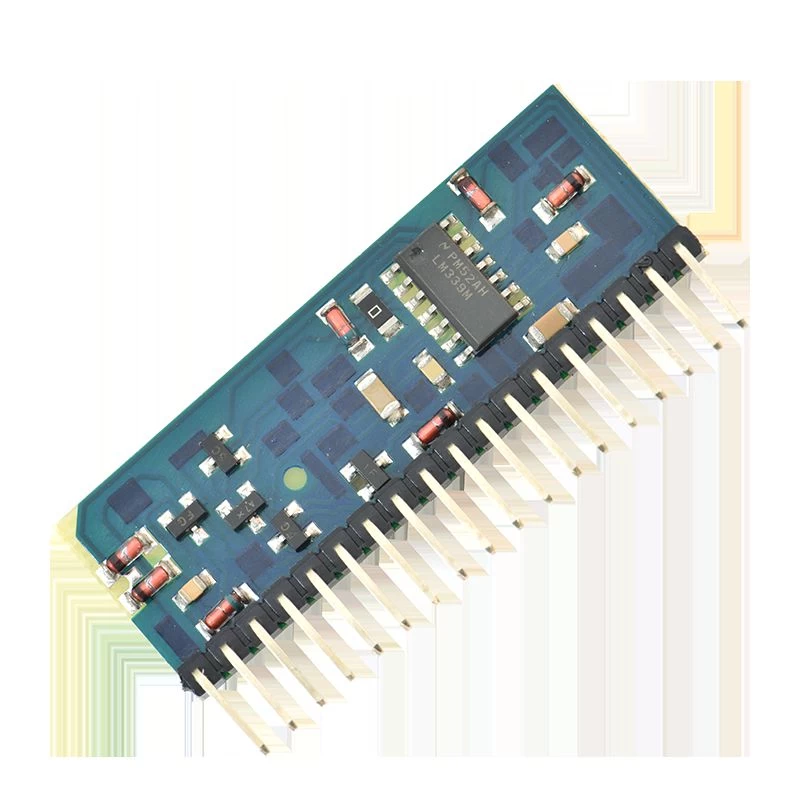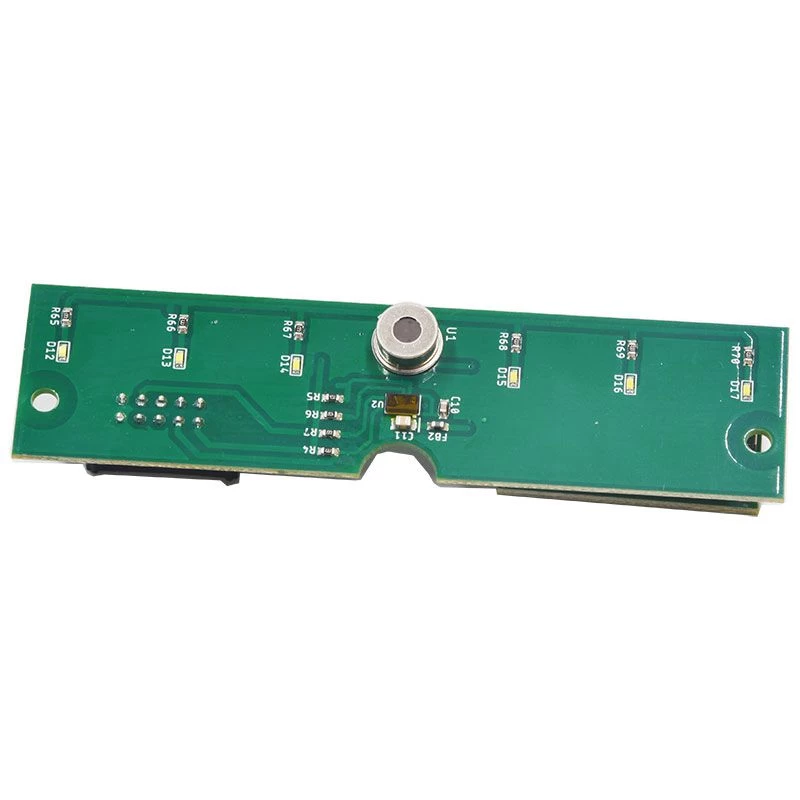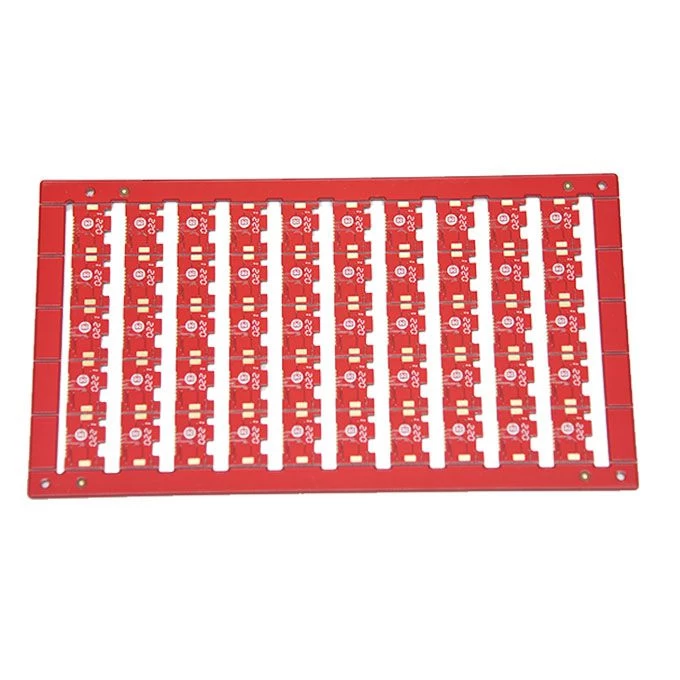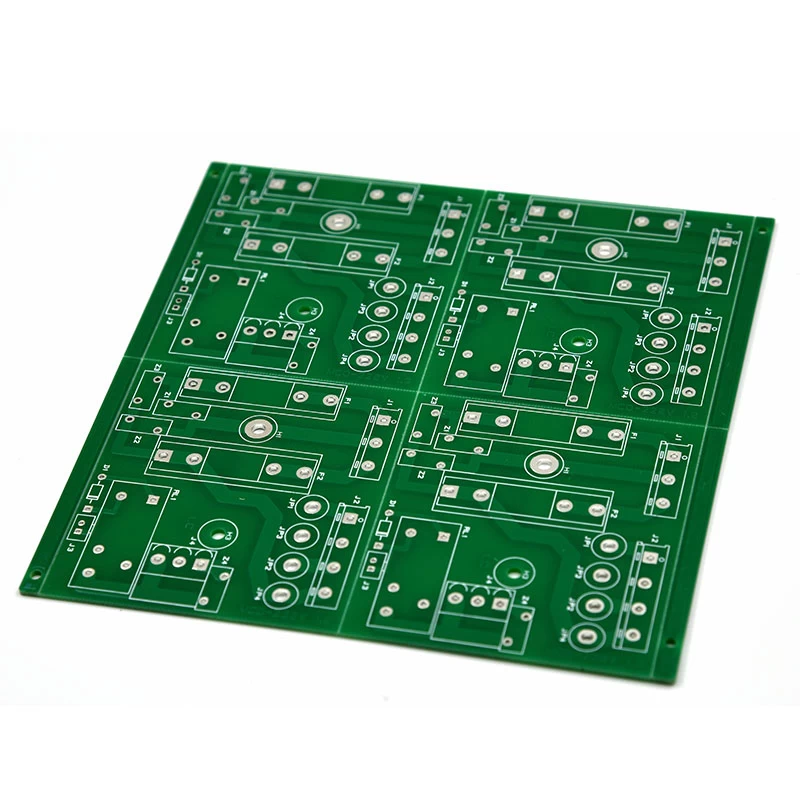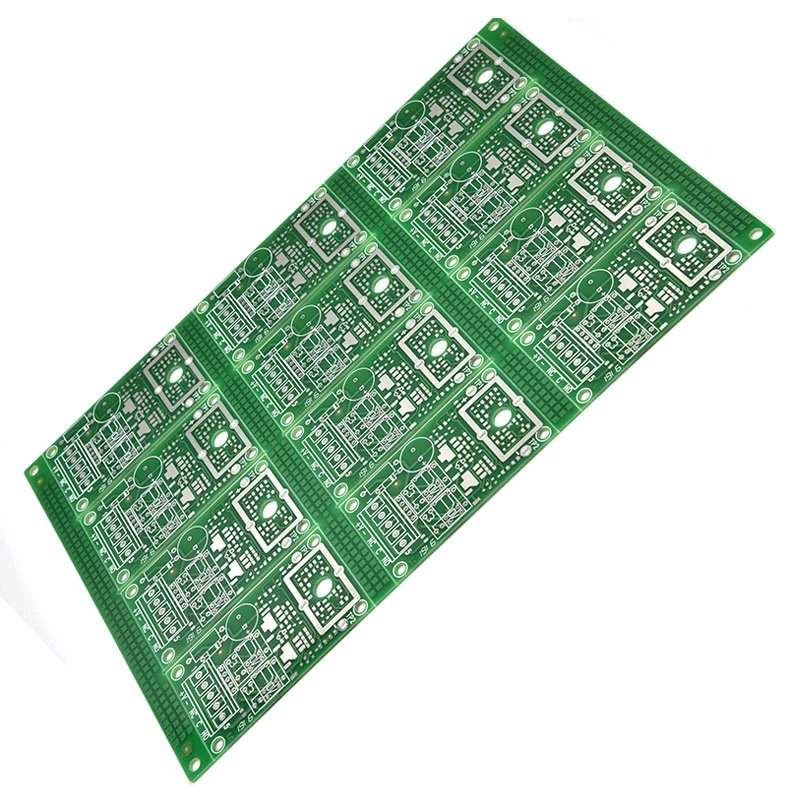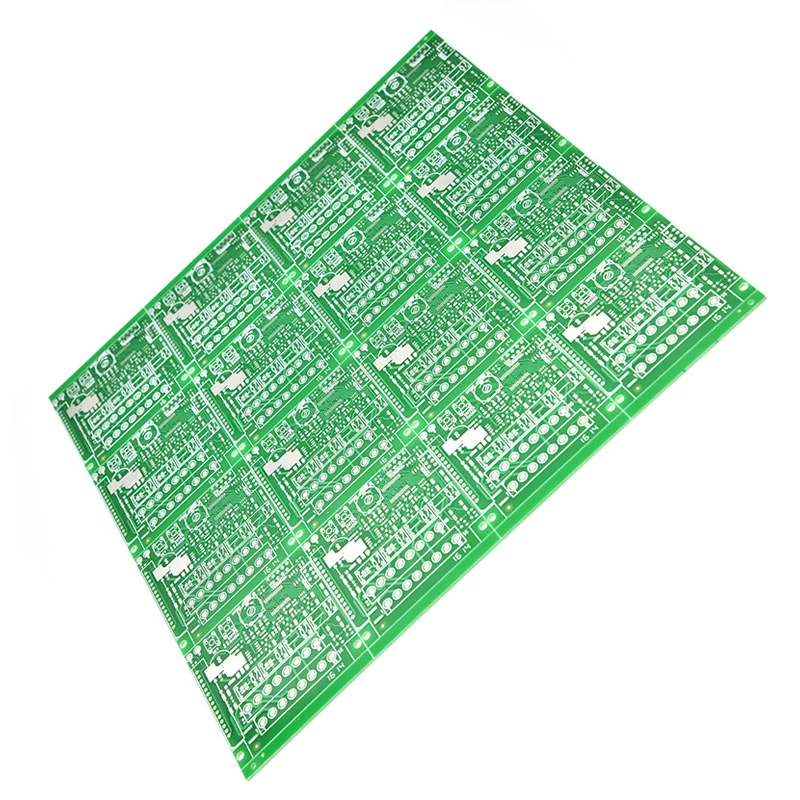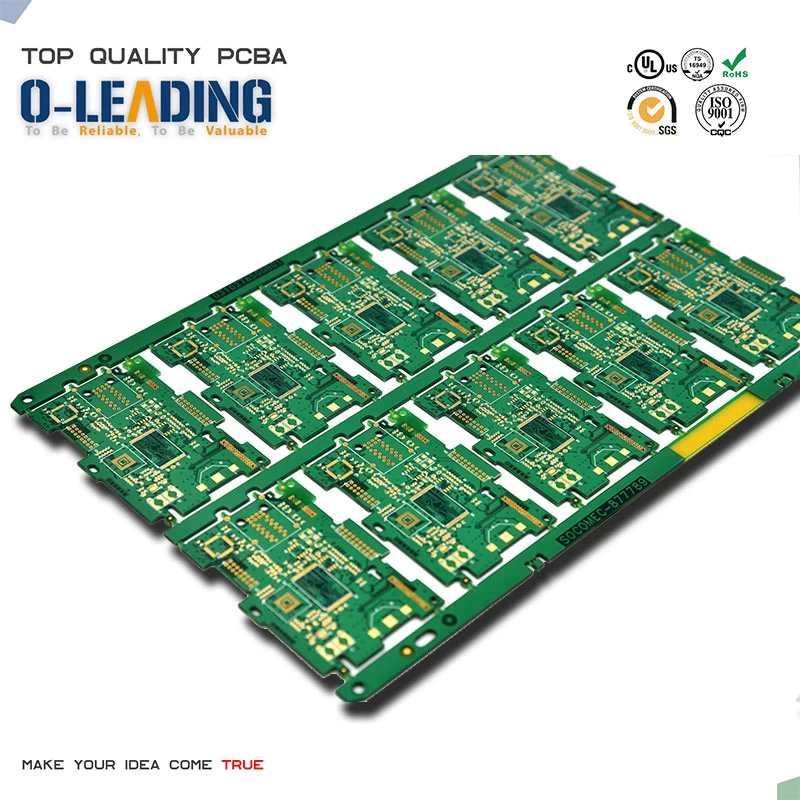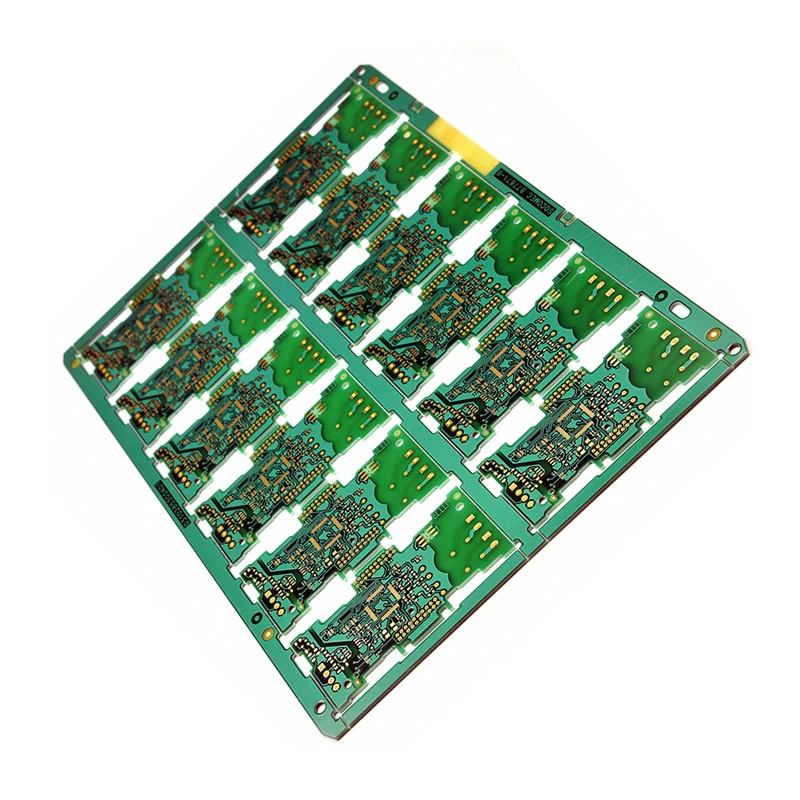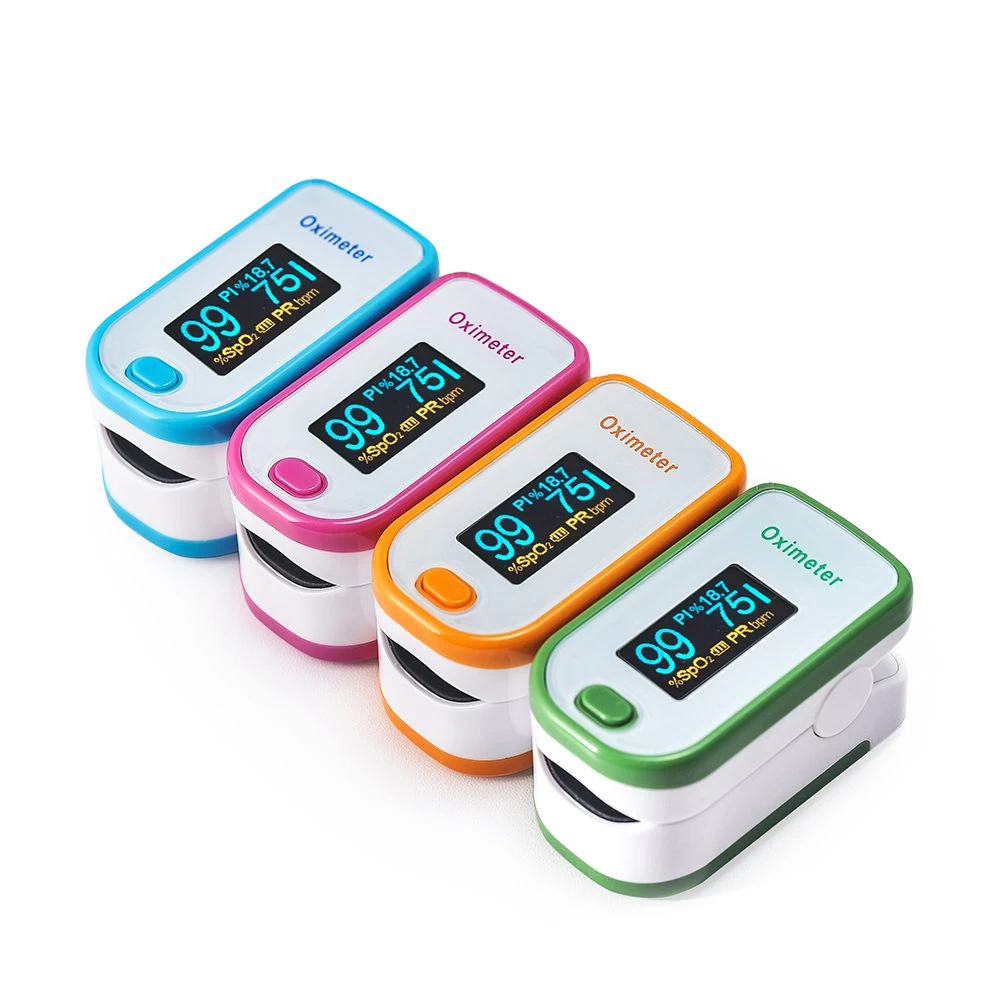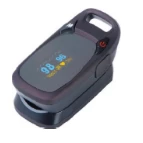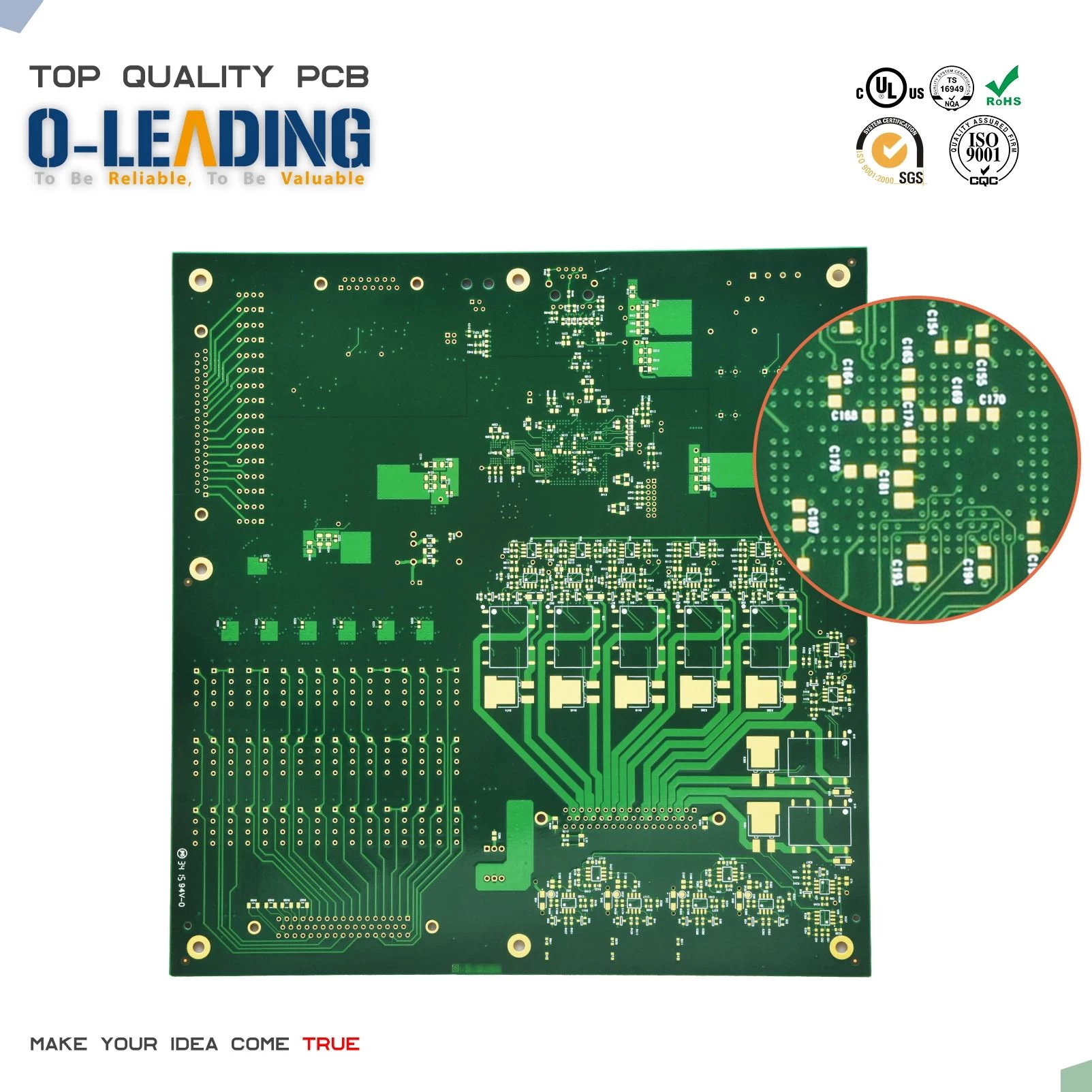Seven commonly used test methods for PCB boards, do you really know?
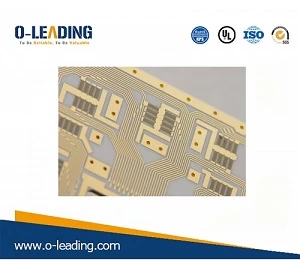
Ultra-thin PCB manufacturer china
Seven commonly used test methods for PCB boards, do you really know? The main testing methods include PCB visual inspection, PCB board online testing, PCB board functional testing, automatic optical inspection, automatic X-ray inspection, laser inspection system, and dimensional inspection.
1, PCB board manual visual inspection
Using a magnifying glass or a calibrated microscope, using the operator's visual inspection to determine the board's failure and determining when a correction is required, it is the most traditional method of detection. Its main advantages are low pre-cost and no test fixtures, and its main disadvantages are human subjective errors, high long-term costs, discontinuous defect detection, and difficulty in data collection. At present, this method becomes more and more infeasible due to the increase in PCB production and the reduction in wire spacing and component volume on the PCB.
2, PCB board online test
Several test methods, such as needle bed testers and flying probe testers, have been developed by testing electrical properties to identify manufacturing defects and testing analog, digital, and mixed-signal components to ensure they meet specifications. The main advantages are low test cost per board, strong digital and functional testing capabilities, fast and thorough short and open circuit testing, programming firmware, high defect coverage and ease of programming. The main disadvantages are the need to test fixtures, programming and commissioning times, the cost of making fixtures, and the difficulty of using them.
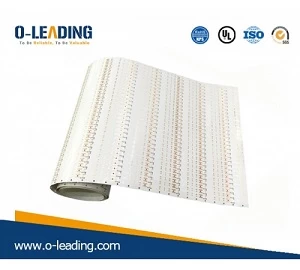
Flex printed circuit board supplier
3, PCB board function test
Functional system testing is the use of specialized test equipment at the intermediate stage and end of the production line to perform a comprehensive test of the functional modules of the board to confirm the quality of the board. Functional testing is arguably the earliest automated testing principle, based on a specific board or a specific unit, and can be done with a variety of devices. There are types such as final product testing, latest solid models, and stacking tests. Functional testing typically does not provide deep data such as foot and component level diagnostics for process improvement, and requires specialized equipment and specially designed test procedures. Writing functional test procedures is complex and therefore not suitable for most board production lines.
4, automatic optical inspection
Also known as automatic visual inspection, it is based on the optical principle. It combines various techniques such as image analysis, computer and automatic control to detect and process the defects encountered in production. It is a relatively new method to confirm manufacturing defects. AOI is usually used before and after reflow and before electrical testing to improve the pass rate of the electrical or functional test phase. The cost of correcting the defect is much lower than the cost after the final test, often more than a dozen times.
5, automatic X-ray inspection
Using the difference in the absorption rate of X-rays by different substances, the parts to be inspected are seen through and the defects are found. It is mainly used to detect defects such as bridging, loss of film, poor alignment, etc. caused by ultra-fine pitch and ultra-high-density circuit boards, and can also be used to detect internal defects of IC chips by using tomographic imaging technology. It is currently the only way to test the quality of ball grid array soldering and occluded solder balls. The main advantage is the ability to detect BGA soldering quality and embedded components, no fixture cost; the main disadvantages are slow speed, high failure rate, difficulty in detecting rework solder joints, high cost, and long program development time. This is a newer test. The method remains to be further studied.
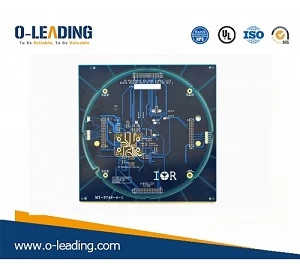
Prototype PCB Assembly company china
6, laser detection system
It is the latest development in PCB testing technology. It scans the printed board with a laser beam, collects all measurement data, and compares the actual measured value to a preset acceptable limit value. This technology has been proven on the light board and is being considered for assembly board testing at speeds that are sufficient for mass production lines. Fast output, no fixtures and visual non-covering access are its main advantages; high initial cost, maintenance and usage issues are major drawbacks.
7, size detection
Use the secondary image measuring instrument to measure the hole position, length and width, position and other dimensions. Since the PCB is a small and soft type of product, the contact type measurement is easily deformed to cause measurement inaccuracy, and the secondary image measuring instrument becomes the best high-precision size measuring instrument. After the image measuring instrument of Sirui measurement is programmed, it can realize fully automatic measurement, which not only has high measurement accuracy, but also greatly shortens measurement time and improves measurement efficiency.

